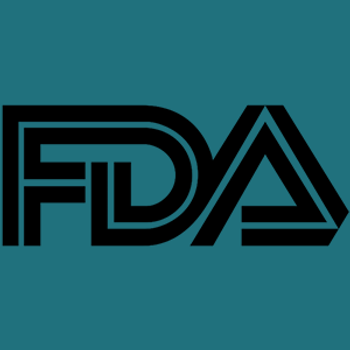
Manali Kamdar, MD, on Lowering Barriers to Access for Liso-Cel Based on New Data
The associate professor of medicine–hematology and clinical director of lymphoma services at the University of Colorado discussed the implications of a large scale analysis of liso-cel recipients.
“I think this really calls for a concerted effort around making sure that this data is out there so that the regulatory bodies can review it and further optimize the requirement around the 4 week window and hopefully shorten it for our patients to less than at least 2 to 2.5 weeks so that we not only allow them to return home, but also make sure that the safety is not compromised.”
Bristol Myers Squibb's lisocabtagene maraleucel (liso-cel, marketed as Breyanzi), an FDA-approved chimeric antigen receptor (CAR) T-cell therapy, has provided a transformative new treatment option for patients with several hematologic malignancy indications in recent years. Although, the treatment does carry a risk of potentially serious adverse events (AEs), especially cytokine release syndrome (CRS) and immune effector cell-associated neurotoxicity syndrome (ICANS), and as such patients receiving liso-cel are required to stay within 30 miles of their academic treating center for a mandated period of 4 weeks. This regulation can pose barriers to access to some patients for logistical and socioeconomic reasons.
Notably, Manali Kamdar, MD, the associate professor of medicine–hematology and clinical director of lymphoma services at the University of Colorado, presented data from an analysis of more than 1,500 patients treated with liso-cel across clinical trials and the real world, at
REFERENCE
1. Kamdar M. Optimizing post–chimeric antigen receptor (CAR) T cell monitoring: Evidence across lisocabtagene maraleucel (liso-cel) pivotal clinical trials and real-world experience. Presented at the 2025 ASCO Annual Meeting, held May 30 to June 3, in Chicago, Illinois. Abstract #7026
Newsletter
Stay at the forefront of cutting-edge science with CGT—your direct line to expert insights, breakthrough data, and real-time coverage of the latest advancements in cell and gene therapy.

















































